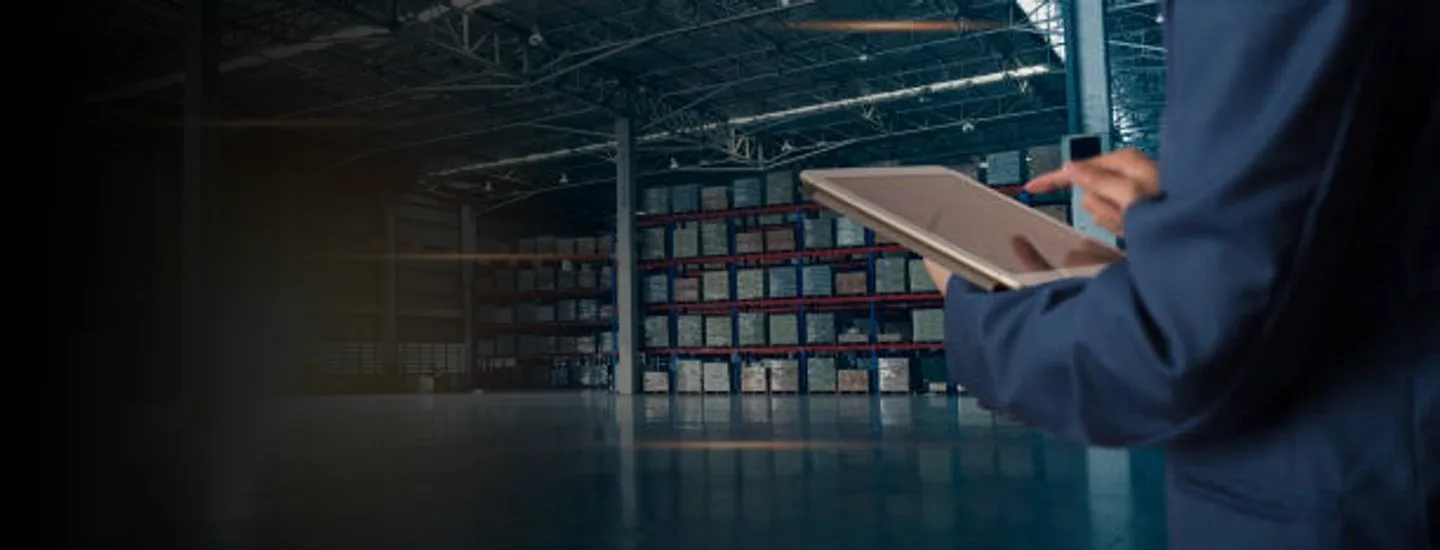There were many eye-catching insights in AlixPartners’ latest Disruption Index. But one that stood out was the number of businesses who say disruption is not only the biggest strategic challenge they face today, but one that’s going to get even more formidable in the years ahead.
The reason? Many of the most impactful disruptive forces - environmental and social concerns, the rise of AI and robotics and shifts in consumer demographics - aren’t going away any time soon. While various strategies are being adopted in response to these complex disruptive forces, the most common tactic is to invest in new technology, with 53% saying that they are taking this path.
Technologies that automate repetitive, labour-intensive processes, so that people can deal with more complex, cognitive tasks, are featuring heavily in such investments.
Reduced costs, reduced demand for labor
Robotic process automation (RPA) is one such innovation. Around 80% of finance leaders have implemented RPA or are planning to do so. There are clear benefits in terms of cost savings but also in reducing demand for labour when there are shortages, such as many industry sectors are continuing to experience as a result of COVID-19.
RPA can be applied across various business functions, from invoice processing and interactive task automation (such as resetting employee passwords), to providing automated order status updates. In some industries, up to 60% of calls to call centers are from customers enquiring about their order. Automated, proactive order status updates could virtually eliminate such calls.
All these applications ultimately achieve the same goal. They free up people to concentrate on tasks that drive greater value. And the cost savings can be significant. RPA technology typically costs around one-third of an offshore employee and one-fifth of an onshore employee. Other technologies will vary in relative cost but will be less expensive than employees and may provide skills employees do not have.
The challenges of integrating automated processes
One of the greatest challenges is the required speed of transition. For many businesses, rapidly automating multiple business processes is becoming increasingly critical to survival. The goal is what Gartner describes as a state of hyperautomation, where companies are able to quickly identify, vet and automate multiple processes using technologies such as RPA, AI, virtual assistants and low-code application platforms.
Another challenge is the quality of current processes being automated. Processes which are currently dysfunctional or inadequate should first be rethought as to how the process should operate in today’s environment, and then look to automate portions to achieve business objectives as efficiently as possible.
While automation aims to address disruption, rapid adoption of new processes and new technologies can also cause disruption within the existing workforce. Businesses must navigate countless complexities, from how to successfully integrate virtual assistants alongside a human workforce, to how best to redeploy human labour.
In addition, while automating processes may reduce demand for certain kinds of labour, different skillsets will be required, which could present recruitment and retention challenges. The World Economic Forum predicts that by 2025, the acceleration of AI and automation will create demand for 97 million new jobs for specialists in areas including AI, machine learning, process automation and digital transformation.
But before companies even start thinking about how to get the right people and the right technology, they need to take a step back and figure out how automation will deliver the greatest value to their organization. This requires forensic analysis of numerous factors that could affect the realization of this value – from the level of savings that automation can be expected to deliver across different job functions, to the implementation costs and timeframes of different solutions.
It is only once you’ve asked the right questions about your business that you can be sure automation will provide the right answers.
